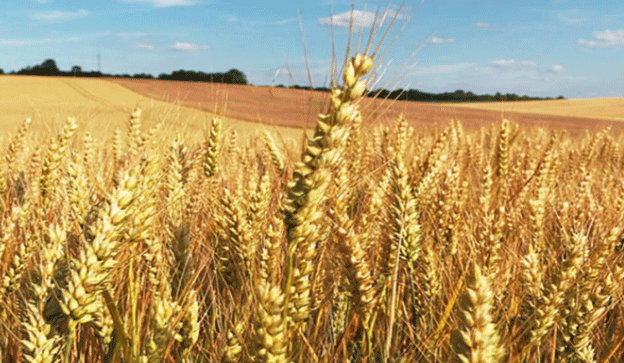Wheat farming is a crucial part of the agricultural landscape, particularly in countries like India, where wheat is a staple crop. According to recent data, wheat has been sown on 3.122 million hectares by the week ending December 20, marking a 2.46% increase compared to the same period last year. This sowing area is also close to the five-year average, a reassuring sign for farmers and stakeholders in the wheat industry.
Sowing Data and Yield Expectations
Over the past five years, wheat has been sown on an average of 3.123 million hectares annually. This year’s figure, although slightly higher, reflects a steady trend in wheat cultivation despite some challenges in input availability and delayed monsoon rains. The data suggests that if the weather conditions remain favorable for the next few months, wheat production is likely to remain normal, which will come as a relief to farmers and the wider agricultural community.
However, concerns about late planting still persist, largely due to the extended monsoon season and delays in key inputs. These factors have caused farmers to sow wheat later than usual, but the current sowing pace indicates that the crop is on track to meet production expectations, provided the climate remains stable through the critical growth phases.
Other Crops: Mixed Results for Rabi Season
While wheat sowing is on target, other rabi crops are showing mixed results. For example, mustard sowing area is slightly lower than last year but still above the long-term average, suggesting a good potential for this crop. On the other hand, chickpea cultivation has increased compared to last year, though it is still below the five-year average. This variation underscores the dynamic nature of the agricultural season and the varied response of different crops to environmental factors.
Weather Forecast and its Impact on Crop Growth
The weather forecast for North India is predicting cool temperatures and light showers, which is considered favorable for the growth of standing crops, including wheat. These conditions are expected to support healthy wheat development, as cooler temperatures can reduce the risk of heat stress, and light rains may aid in soil moisture retention. This combination of weather patterns is likely to boost both wheat and mustard yields, especially in regions that have been able to manage the delayed sowing.
Optimism for Wheat Farmers
Despite challenges such as late planting and variable weather patterns, the overall outlook for wheat farming in the coming season remains positive. With wheat sowing at near-average levels and favorable weather conditions predicted, farmers can expect a normal harvest. The key to ensuring continued success will lie in maintaining consistent weather conditions over the next few months and addressing any input-related delays.
For farmers and agronomists, this is a season to stay vigilant and ensure that all necessary measures are taken to protect crops from pests, diseases, and environmental stresses. With the right support and timely interventions, this year’s wheat harvest has the potential to meet expectations and contribute positively to agricultural productivity.
Error




